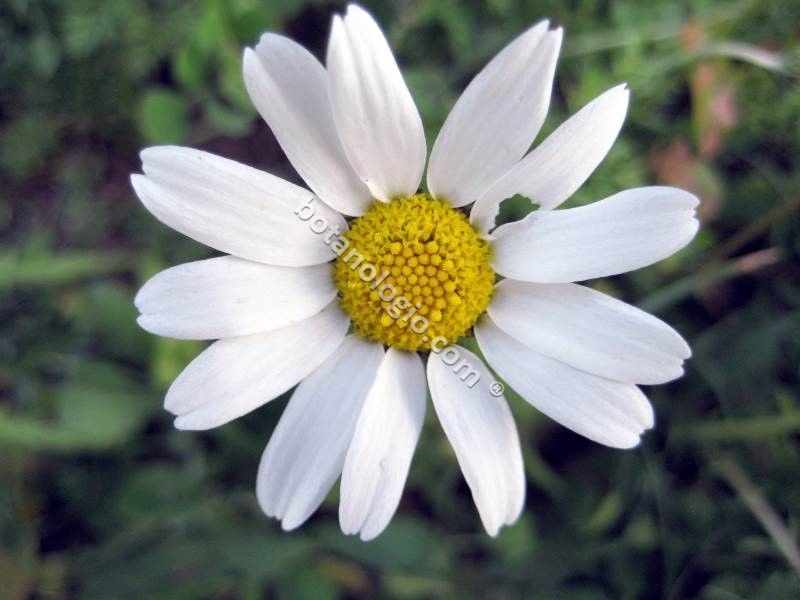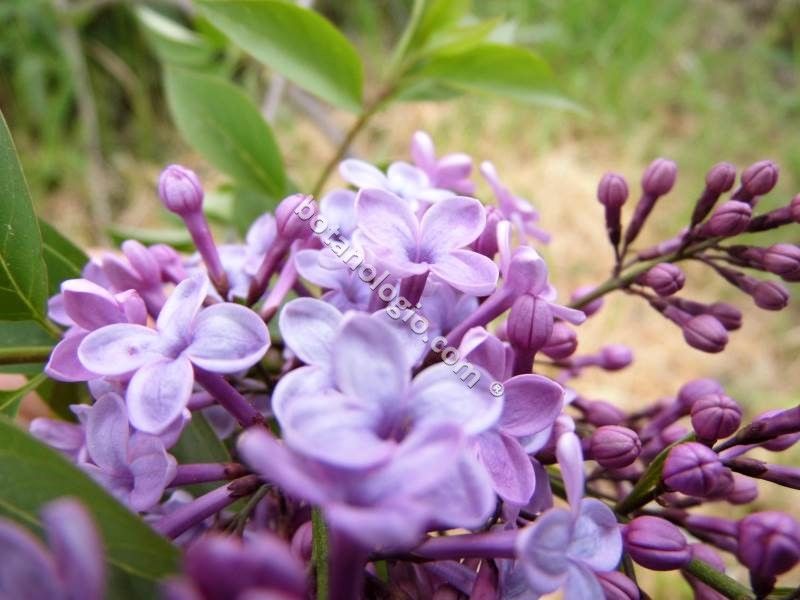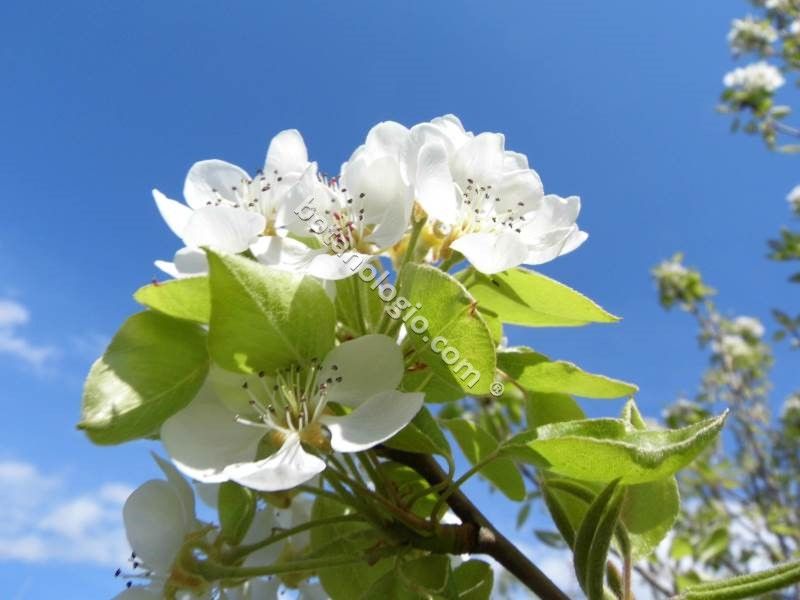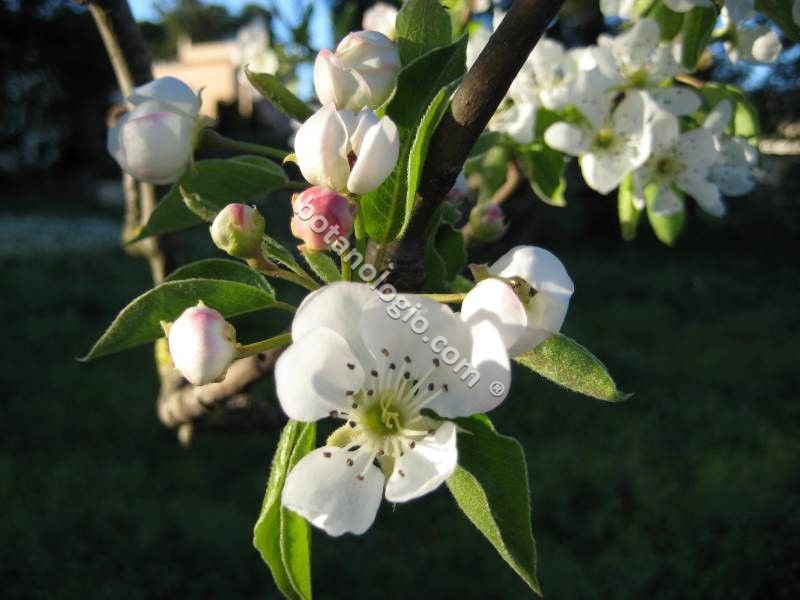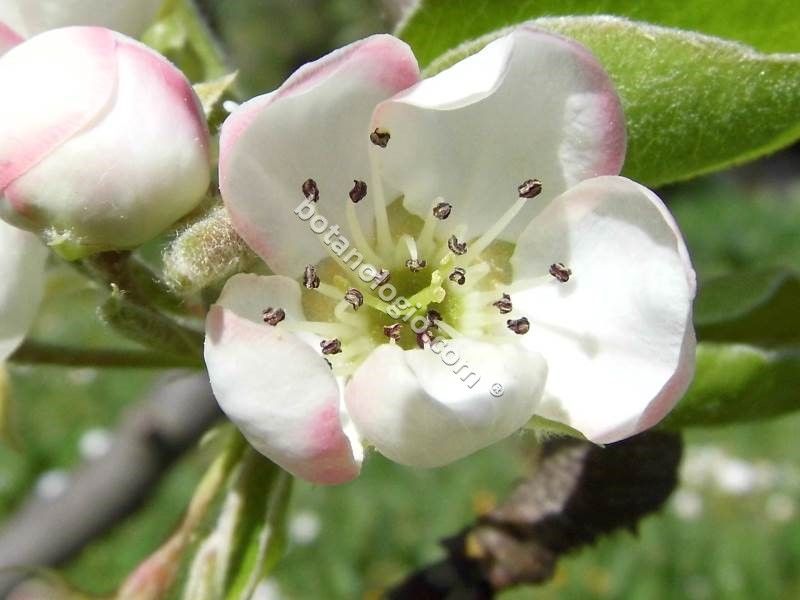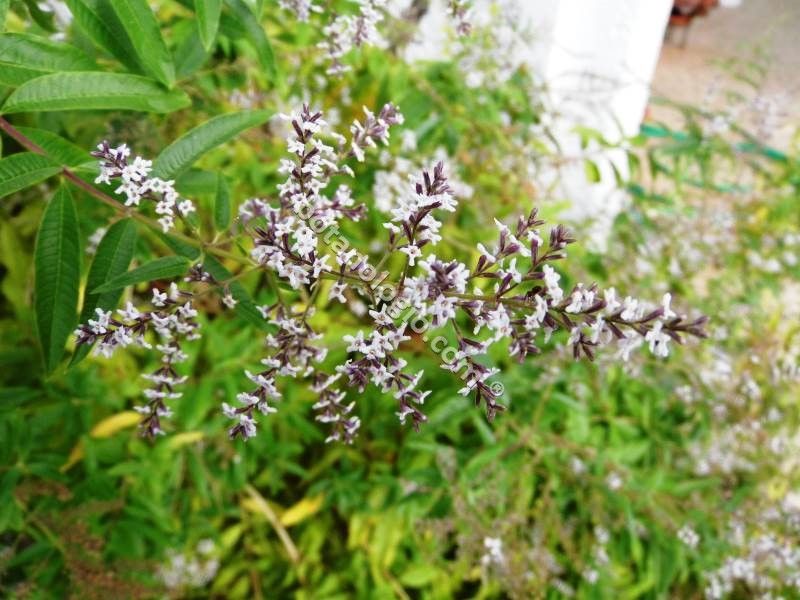St john’s wort collection and nutrients

St. John’s wort, is an extremely healing herb of Greek nature and Europe. It grows in dry areas with alkaline and sunny soils, while it has great resistance to cold and can be found all over Greece.
St. John’s wort is a perennial plant, with a height not exceeding 90 cm. The leaves have strong ribs and spots, while the flowers have petals of intense golden yellow color, in places transparent as if perforated. The stem of the St. John’s wort is woody.
The parts of the plant that contain the most healing properties and beneficial substances, are the flowers but this does not exclude the use of leaves and stems. The main components of the plant are resins and essential oils.
The collection season is as long as the flowering of the plant lasts, ie during the summer until September at the latest blooming period. Flowering tops are the best part of the plant, as well as the herb is much more effective when used fresh rather than dried.
St. John’s wort is much more common for its oil, known as St. John’s wort oil, than for the overall beneficial properties it offers to the body.
Read more about the cosmetic properties of St. John’s wort and the healing properties of St. John’s wort.
essential oils, greek herbs, herbs, hypericum, St. John's wort, St. John's wort oil
